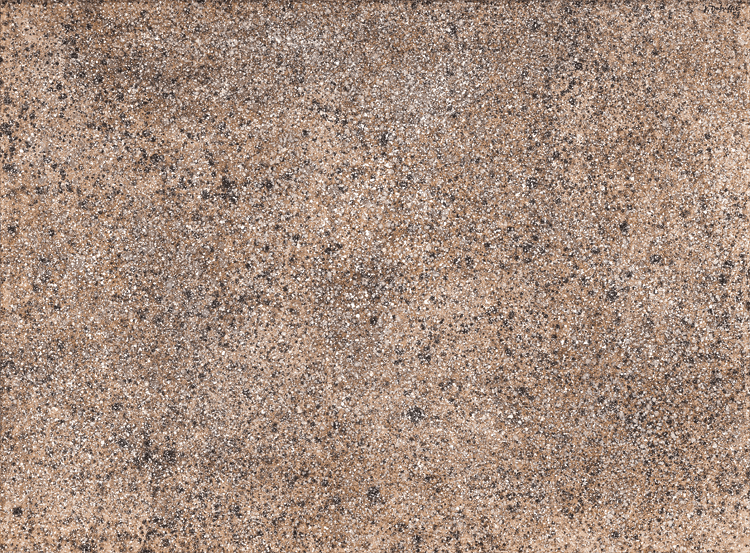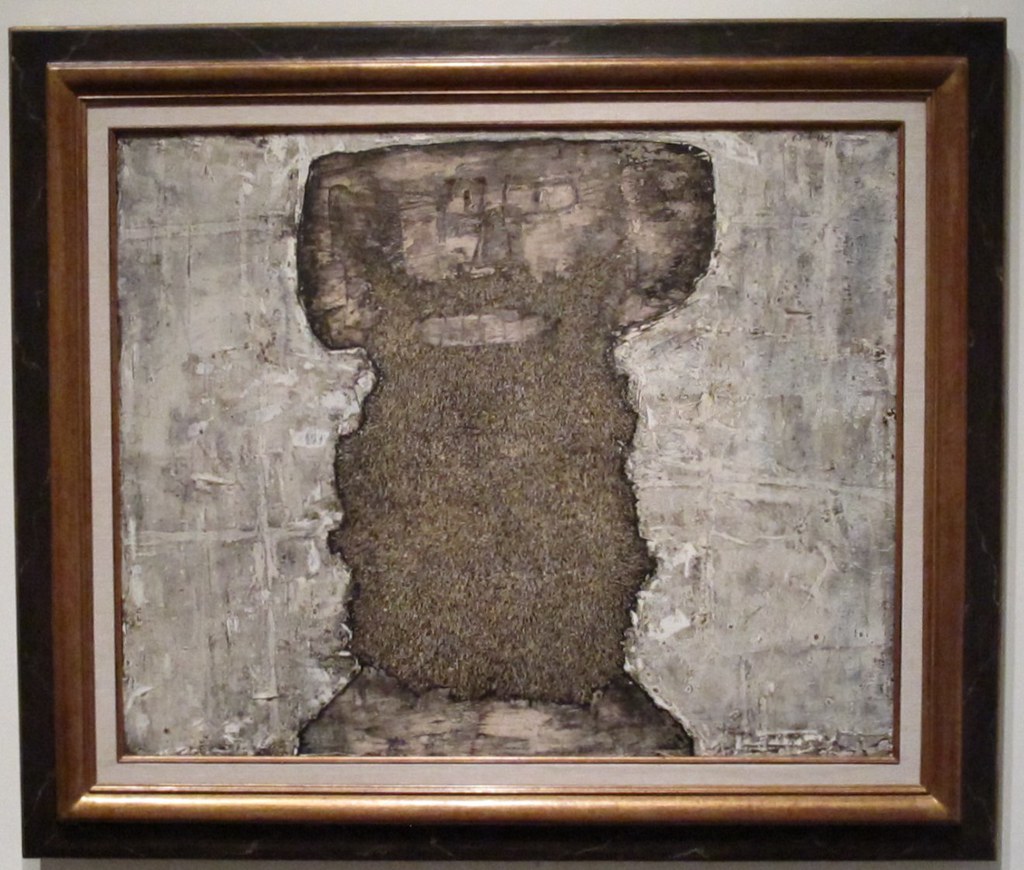50 works of French, Spanish, Italian, Flemish, Dutch and German
Baroque painting can now be seen as ‘new neighbours’ in dynamic
constellations. Masterpieces by Rubens, Rembrandt and other Baroque
masters are being made accessible to the general public once again in
this way following the closure of several rooms in the Alte Pinakothek for renovation.
The exhibition addresses four different themes through the
juxtaposition of these masterpieces: ‘Nature and Mythology’,
‘Portraits’, ‘Art in Rome around 1600’ and ‘Caravaggism’. One element
linking the topics is the pictorial mise-en-scène of the human figure.
An additional common motif shared by the paintings in the first part
of the exhibition is the landscape. Whether in the idealised Classical
mood of Claude Lorrain or inspired by the pastoral Mediterranean way of
life, as in the case of the Dutch who visited Italy, thoroughly
different facets found expression in depictions of nature. The
countryside and landscapes may also serve as a backdrop: for lovers,
biblical and mythological scenes as well as chivalrous Rococo
festivities.
Nicolas Poussin | Apollo and Daphne, c. 1627
© Bayerische Staatsgemäldesammlungen, Alte Pinakothek Munich
Daphne, saved from Apollo’s clasp by turning into a laurel
tree, renders the close relationship between mythology and nature
visible in Poussin’s painting.
In portraits, landscapes laid out as a
garden of love, underline marriage intentions and emotional ties.
Connections between utterly different genres can similarly evolve
through the inclusion of nature:
Bartolomé Esteban Murillo | The Pastry Eaters, c. 1675/82
© Bayerische Staatsgemäldesammlungen, Alte Pinakothek Munich
Murillo’s street urchins represent
genre painting but the fruit they are hawking is equally well to be
found in Dutch pronk still lifes too.
In the second part of the exhibition, the focus is on the
true-to-life portrayals of expressive faces by Rembrandt and his pupils.
Rembrandt van Rijn | Self-Portrait, 1629
© Bayerische Staatsgemäldesammlungen, Alte Pinakothek Munich
Rembrandt was preoccupied with capturing his own likeness in the most
varied of media and did not even shirk from depicting himself as one of
the helpers in
‘The Raising of the Cross’.
His pupils aspired to equal
him: they repeatedly made close studies of the human physiognomy, as in
the case here of Ferdinand Bol, Carel Fabritius and Nicolaes Maes.
The third part concentrates on one centre of art: Italy – and Rome
in particular – attracted the most varied of painters over the
centuries.

Bartholomeus Spranger | Angelica and Medoro, 1580
© Bayerische Staatsgemäldesammlungen, Alte Pinakothek Munich
Artists such as Bartholomeus Spranger
Adam Elsheimer | The Flight into Egypt, 1609
© Bayerische Staatsgemäldesammlungen, Alte Pinakothek Munich
and Adam Elsheimer
from
the Netherlands and Germany respectively traveled to Italy even before
1600 and examined works from Antiquity as well as contemporary
developments.
Two contrary movements emerged around 1600 in Rome. Those
artists following on from Caravaggio upheld a naturalist understanding
of art, transforming mythological, religious but also secular subjects
into powerful figures far removed from the everyday world, immersing
these in a spotlight-like brilliance. The ideal of classical beauty in a
balanced composition was propagated by another movement, with Guido
Reni as one of its protagonists. The legacy of Ancient Rome influenced
some artists their whole life –
Peter
Paul Rubens | The Rape of the Daughters of Leucippus, 1618
©
Bayerische Staatsgemäldesammlungen, Alte Pinakothek Munich
Peter
Paul Rubens | Rubens and Isabella Brant in the Honeysuckle Bower, c. 1609/10
©
Bayerische Staatsgemäldesammlungen, Alte Pinakothek Munich
even in the late works of Peter Paul
Rubens reminders of Antiquity can still be found.
Gerard
van Honthorst | The Debauched Student, 1625
©
Bayerische Staatsgemäldesammlungen, Alte Pinakothek Munich



